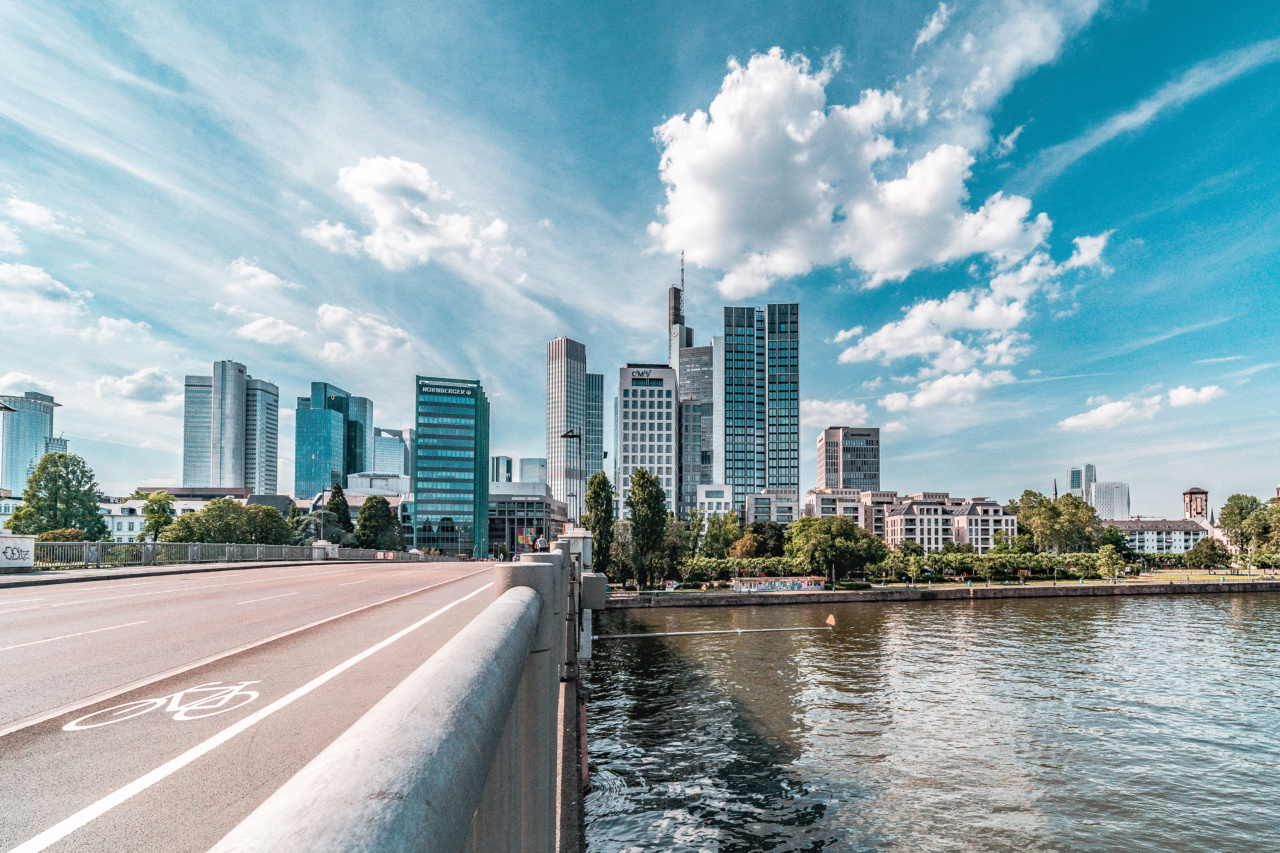Hemorrhoids, also known as piles, are swollen veins in the rectum and anus that can cause discomfort, pain, and bleeding. While they can affect people of all ages, they are more common in adults aged 45 to 65.
There are several factors that can contribute to the development of hemorrhoids. In this article, we will explore the seven main reasons causing hemorrhoids and provide insights into how to prevent and treat them.
1. Chronic Constipation
One of the primary causes of hemorrhoids is chronic constipation. When you struggle with constipation, you tend to strain during bowel movements, putting excessive pressure on the rectal and anal veins.
This increased pressure can lead to the development of hemorrhoids over time. To prevent this, it is important to maintain a high-fiber diet, drink plenty of water, and exercise regularly to promote healthy bowel movements.
2. Diarrhea
On the opposite end of the spectrum, frequent episodes of diarrhea can also cause hemorrhoids. The constant urge to go, accompanied by loose stools, can irritate and inflame the veins in the rectum.
In cases of persistent diarrhea, it is advisable to see a healthcare professional to identify the underlying cause and find appropriate treatment options.
3. Pregnancy
Pregnancy puts a significant amount of pressure on a woman’s body, including the veins in the rectum and anus. The growing uterus and hormonal changes can lead to the development of hemorrhoids.
Additionally, the strain exerted during labor increases the risk further. To manage hemorrhoids during pregnancy, it is crucial to eat a fiber-rich diet, avoid sitting or standing for prolonged periods, and consult with a healthcare provider for suitable treatment options.
4. Obesity
Excess weight can put undue pressure on various parts of the body, including the anal region. Obese individuals are more prone to developing hemorrhoids due to the increased strain on the rectal veins.
Maintaining a healthy weight through regular exercise and a balanced diet can help reduce the risk of hemorrhoid formation.
5. Sedentary Lifestyle
Sitting or standing for long periods without taking breaks can negatively impact the blood flow in the rectal area.
When you sit or stand for extended periods, the blood tends to pool in the veins, causing them to swell and potentially leading to hemorrhoids. It is vital to incorporate regular physical activity and take breaks to move around throughout the day to improve blood circulation and reduce the risk of hemorrhoid development.
6. Heavy Lifting
Lifting heavy objects frequently or incorrectly can contribute to the development of hemorrhoids. The strain and pressure exerted during lifting can cause the veins in the rectal area to swell and become painful.
Proper lifting techniques and avoiding excessive strain can help prevent the formation of hemorrhoids.
7. Genetics
Some people may be genetically predisposed to developing hemorrhoids. If you have a family history of hemorrhoids, you may be at a higher risk of developing them yourself.
While you cannot change your genetic makeup, you can still take preventive measures such as maintaining a healthy lifestyle, managing your weight, and following good bowel habits.
Conclusion
Hemorrhoids can be a source of discomfort and pain, but understanding the main causes can help you prevent their formation.
Addressing issues such as chronic constipation, diarrhea, pregnancy, obesity, sedentary lifestyle, heavy lifting, and genetic predisposition can significantly reduce the risk of developing hemorrhoids. By adopting healthy habits and seeking appropriate medical care when needed, you can effectively manage and minimize the impact of hemorrhoids on your life.






























